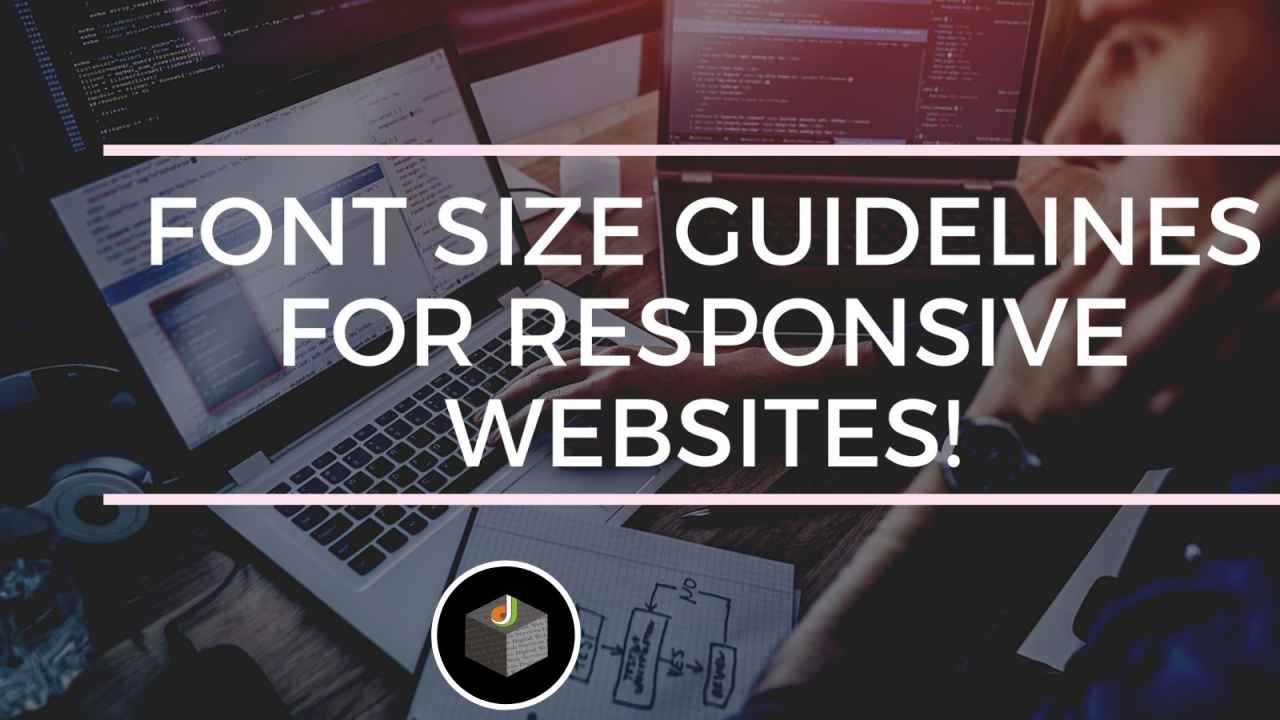Mastering Website Font Size: A Comprehensive Guide

In the vast landscape of web design, one of the most crucial yet often overlooked elements is font size. The size of the text on your website can greatly impact user experience, readability, and overall aesthetics. Whether you’re a seasoned web designer or just starting out, mastering font size is essential for creating visually appealing and user-friendly websites.
Why Font Size Matters: Font size plays a significant role in determining how users perceive and interact with your website. Here’s why it matters:
- Readability: The primary purpose of text on a website is to convey information. If the font size is too small, users may struggle to read the content, leading to frustration and a high bounce rate.
- Accessibility: Adequate font size is crucial for ensuring accessibility for all users, including those with visual impairments. By using appropriate font sizes, you make your content more accessible to a wider audience.
- Visual Hierarchy: Font size is a powerful tool for establishing visual hierarchy on a webpage. Larger font sizes can indicate headings or important pieces of information, while smaller sizes can denote secondary content.
- Mobile Responsiveness: With the increasing prevalence of mobile devices, responsive design has become a necessity. Font size plays a critical role in ensuring that your website looks good and remains readable across various screen sizes.
Best Practices for Choosing Font Sizes: Now that we understand the importance of font size, let’s delve into some best practices for choosing the right sizes for your website:
- Body Text: For body text, a font size of around 16 pixels (px) is widely considered optimal for desktop displays. However, for mobile devices, where screens are smaller, you may want to increase this size slightly for better readability.
- Headings: Headings serve as signposts for users, guiding them through your content. Use larger font sizes for headings to create contrast and hierarchy. For example, an H1 heading could range from 24px to 36px, depending on the design and importance of the heading.
- Line Height: In addition to font size, pay attention to the line height (or line spacing) to ensure comfortable reading. Aim for a line height of 1.5 to 1.75 times the font size for body text.
- Consistency: Maintain consistency in font sizes across your website to provide a cohesive user experience. Avoid using too many different font sizes, as this can create visual clutter and confusion.
- Testing: Finally, always test your font sizes across different devices and screen resolutions to ensure readability and aesthetics across the board.
Font size may seem like a minor detail in web design, but it has a significant impact on the overall user experience. By following best practices and paying attention to font sizes, you can create websites that are not only visually appealing but also highly readable and accessible to all users. So, the next time you embark on a web design project, remember the importance of font size and use it to your advantage.